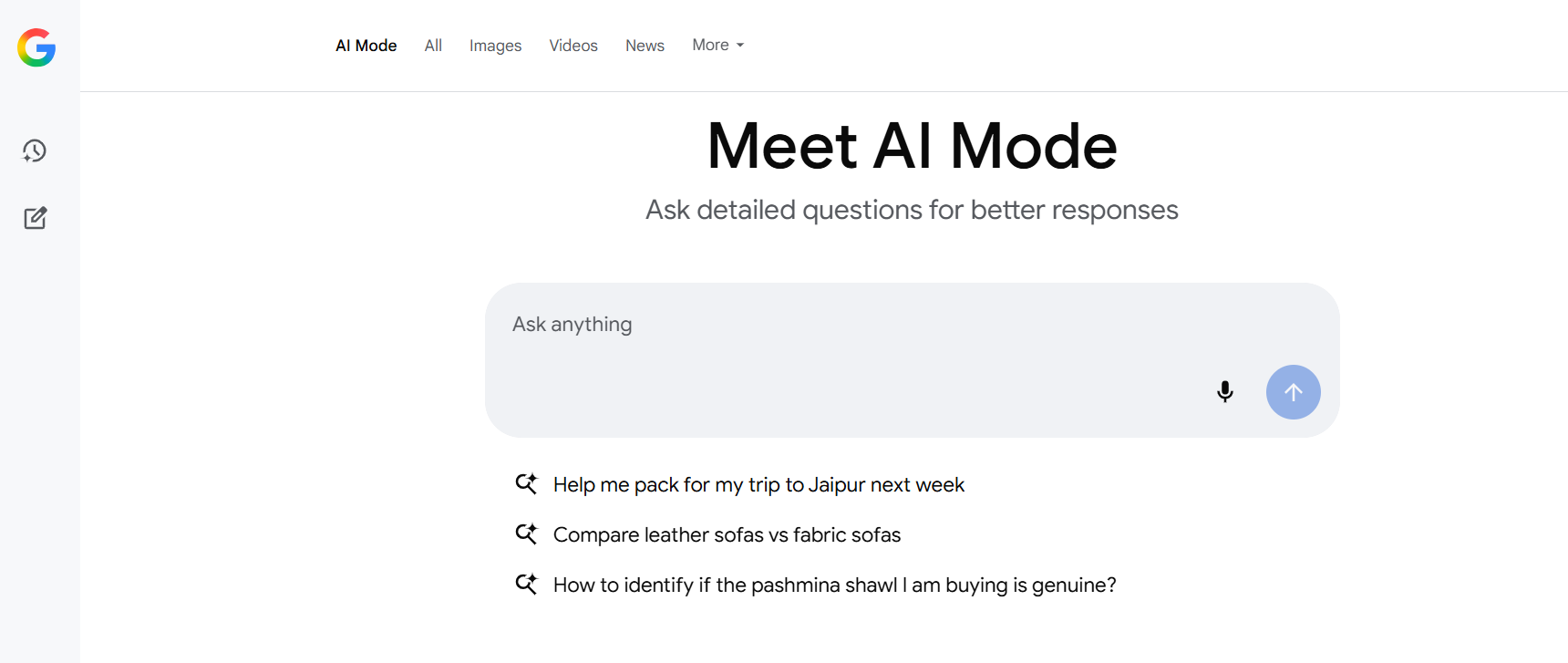The coronavirus pandemic is instrumental in renewing interest in telehealth solutions. Telehealth provides a modern outlook on treatment and consultation by adding the virtual dimension to it. It allows patients to consult their doctors directly using a phone or video conferencing. This health care delivery method comes with a lot of advantages. Patients can easily seek personal assistance without going to the hospital and waiting for your turn to come. Barriers are being washed away and the need to boost telehealth is being recognized. Thanks to Coronavirus, legal and statutory restrictions are being relaxed finally and healthcare software development is being rightly engineered.
Telehealth and telemedicine have made it possible to handle an increasing flood of patients effectively and systematically. Custom healthcare app development has enabled doctors to get an initial screening by simply using phones and computers. The initial screenings decide the need to come for an office examination or not. In this way, the prime precaution is adhered to which entails keeping away from crowded waiting rooms. Telehealth is advantageous for the elderly and Medicare patients. This form of health care delivery has benefitted all affected people and the medical practitioners too.
Welcoming the relaxation in federal and state regulations
Changes in the Medicare advantage plans have been very helpful. Earlier doctors were not permitted to submit bills if they used phone, Skype or email. However, the recent liberalization in rules have made it possible for doctors and patients to use telehealth and telemedicine. The issue of licenses related to telehealth has been made in 9 states only which needs to be expanded. This will allow them to render services out-of-state. Regulations and reimbursement arrangements should be made wider in coverage as there are no barriers to virtual consultations.
The future of telehealth solutions and its manifold benefits
The national utilization of telehealth is whooping, especially after the Covid-19 outbreak. Telehealth systems decrease the strain inflicted on the healthcare system. By scheduling an appointment with the primary care physician and specialists, patients do not have to travel or wait. After-hours medical coverage and voice-activated home tools both assist in remote monitoring. Telehealth also eradicates rural barriers to care. It can successfully address issues in the rural areas. Telemedicine technology is shrinking the distance between nodes of rural protection. Healthcare is now accessible to all those who live in communities with few specialists. Telehealth can bring a significant difference in wellbeing.
Older adults who face transportation issues, healthcare delivered through technology makes the future. Mobility challenges make traveling difficult. Telehealth services come to the rescue and go on to improve the quality of life. With the offshore healthcare software development companies in India expediting timely care is made simple. Supporting the independence of older patients is also important. From innovative connected care platforms to the Internet of things, Telehealth systems are avoiding reliance on others and institutionalization. Telehealth can provide clinical benefits and cost savings. Telehealth programs generated in diverting patients from emergency rooms. Extensive telehealth technology improves existing and new services to target care and case management.
Embrace telehealth and all that it has to offer
Telehealth includes the growing recognition by federal and state governments. In order to broaden its use reimbursement should increase and regulations should be reduced. In aspects of behavioral health too, telehealth should be put to use such as meeting the needs for substance use disorders. Telehealth services and software are aimed at treating unique patient needs.
Covid-19 has given a boost to the telehealth landscape. Despite reimbursement still lagging the potential of the consumer market is very attractive still. Telehealth allows entities to establish individualized, patient-centric, low costing and convenient access to affordable care. Taking a glance at the future, telehealth addresses demands and reduces hospital readmissions. It goes on to improve patient health and provide better care coordination. Therefore, telehealth applications are suited to offer and address population health needs to make the communities healthy. Remote patient monitoring program in order to integrate telehealth to advanced payment models are underway.
What does the future hold for the telehealth sector?
The future covers great opportunities for telehealth. It is wise and of paramount importance to develop strategies on how, where and when to invest. Assessing the chronic diseases and coming up with a patient monitoring strategy brings a revenue-generating care model. Telehealth can act as an integrated care approach. It engages people in their care, monitoring of conditions, customer satisfaction, and adherence to medications. The overall market for telehealth systems and software is likely to reach $9.35 billion by 2021. The major contributor to the growth has been the coronavirus pandemic. High growth has been viewed in the Asia-Pacific region. Such new and emerging trends in healthcare has led to the use of predictive analysis.

Telehealth provides continuous insight, monitoring, and planned interventions in order to face lesser health-related complications. By identifying the gaps and bridging them to reduce the need to opt for expensive treatments and visits to the emergency rooms. The aim is to make patients comfortable in a home-based setting. This not only provides better care but also helps in sweeping away financial burdens and constraints. Technology thus plays a vital role in ensuring a peaceful and anxiety-free state of mind. The development of automated and online services will increase healthcare efficiency and effectiveness.
Telehealth providers cannot treat an infection like coronavirus virtually, but they definitely offer useful self-care and quarantine tips. They also actively educate patients about when there is an urgency to go to a hospital. Healthcare mobile app development has contributed in shaping the changing dynamics of the healthcare sector. Telehealth covers patient portals, manages virtual appointments and helps in monitoring health remotely. With technology meeting healthcare, many offshore healthcare software development companies in India are on the rise. They securely keep the data history of each patient and facilitate its maintenance and monitoring. Technology is leaving a unique and positive mark of its own in every field you can possibly think of.
SoftGrid Computers as a company, promises to deliver healthcare solutions by revolutionizing modern treatment. Various mobile apps have been developed for healthcare professionals and patients. This provides a one-stop solution to all healthcare queries and concerns. The software is extremely user friendly, scalable, secure and cost-effective.

 Web and Full Stack
Web and Full Stack CMS and Frameworks
CMS and Frameworks Online Marketing
Online Marketing Cloud Services
Cloud Services ECommerce
ECommerce Mobile
Mobile



